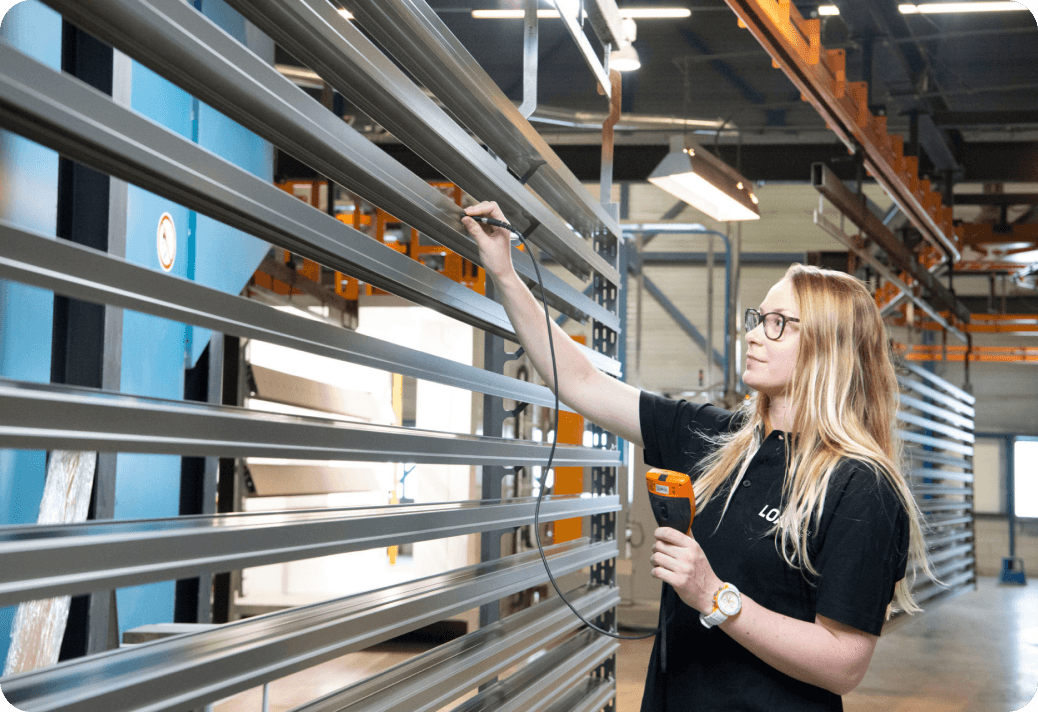Clear anodising
- Maatvast anodiseren is de standaard
- Uitstekende kras- en slijtvastheid
Anodising is a surface treatment to provide metals such as aluminium and titanium with an oxide layer. This is done by electrolytic treatment. The oxide layer formed is a hard, closed, transparent and corrosion-resistant surface layer.
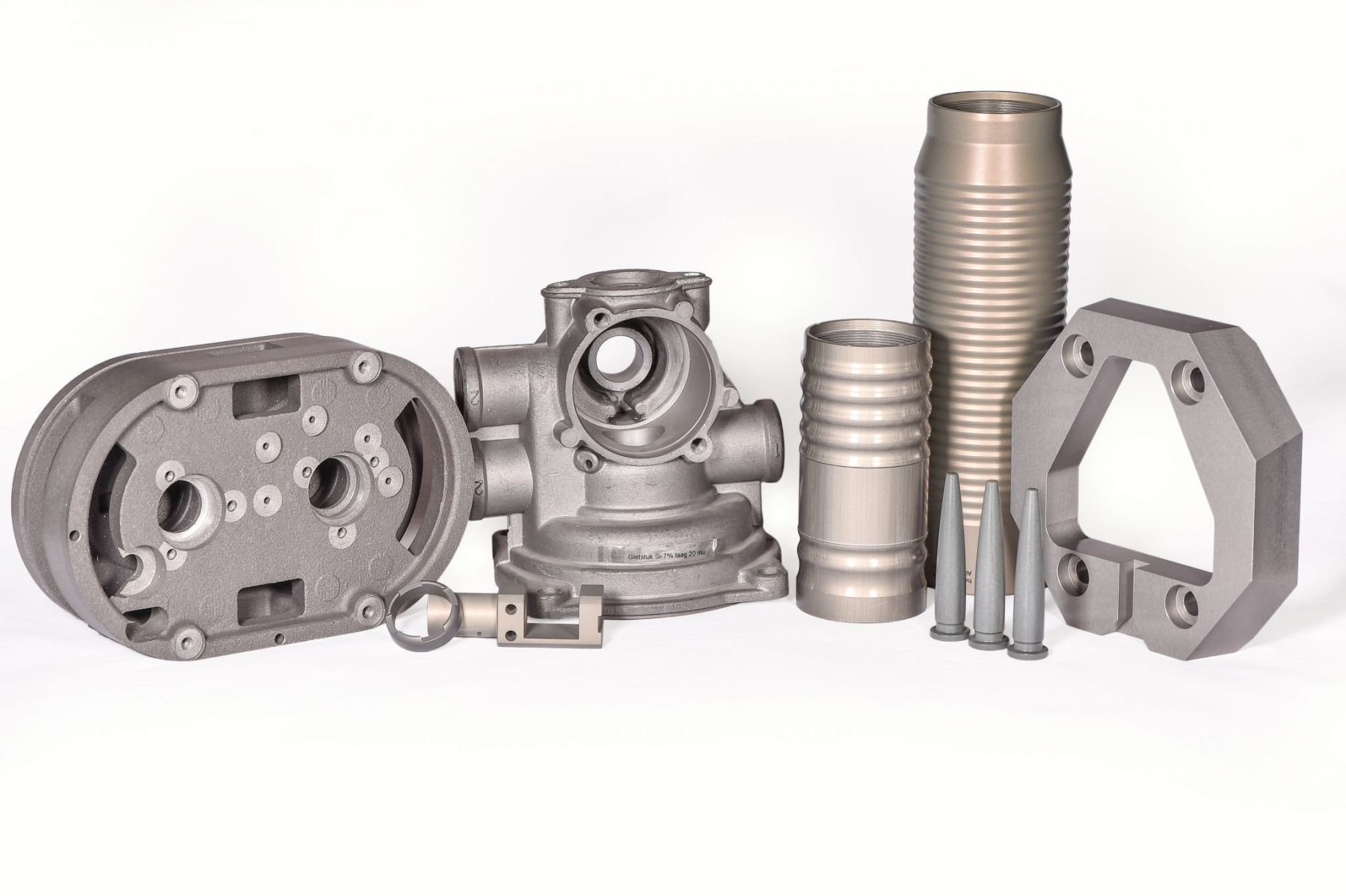
We help find the right surface treatment
Give me adviceDirectly to
The anodising process
The aluminium product is immersed in an electrically conductive liquid such as sulphuric acid or oxalic acid. The product serves as the anode (+) in an electrolytic circuit. An electric current is then passed through the circuit. Important process parameters are; temperature, current density, current type, acidity and treatment time.
As a result of an electric current, oxygen develops on the surface, which combines with the metal to form aluminium oxide. A crystalline aluminium oxide layer is formed with a large number of narrow, very deep pores. If desired, these pores can be coloured. The process is completed with a compacting (sealing) process that seals the pores. Now corrosion resistance is maximised and dirt has less opportunity to adhere to the surface. The aluminium oxide layer is a metal-specific layer and is molecularly bonded to the base metal...resulting in the ultimate surface protection
Advantages of anodising
Corrosion resistance: Anodising creates a hard, protective oxide layer on the surface of the metal (usually aluminium). This layer increases resistance to corrosion and oxidation, making the material more resistant to environmental influences such as moisture and salt.
Hardness and wear resistance: The anodising process changes the surface hardness of the metal, making it harder than the original material. This results in improved wear resistance, which is especially beneficial for applications where the surface is frequently exposed to friction and wear.
Esthetic: Anodised aluminium has a smooth and shiny appearance, which contributes to the aesthetic appeal of the material. Moreover, the anodising process can be used to tint the aluminium in different colours, increasing design possibilities.
Electrical Insulation: The anodised layer acts as an insulator and prevents electrical contact between the anodised metal and other materials. This makes anodised aluminium suitable for electronic and electrical applications.
Heat resistance: Anodised aluminium retains its properties at higher temperatures than untreated aluminium. This makes it suitable for applications where the material is exposed to heat.
Environmental friendliness: Anodising is generally an environmentally friendly process. Compared to some other coating methods, it does not require the use of heavy metals and generates little waste.
Why choose LOA Full Surface Group?
Expertise: With years of experience in surface coating, we understand the unique requirements of various industries and deliver customised solutions.
Advanced Technology: Our state-of-the-art facilities use the latest technologies to meet the highest standards of quality and performance.
Customer-Focused: At LOA Full Surface Group, customer satisfaction is paramount. We work closely with our customers to meet their specific needs and provide high-quality solutions.
Sustainability: We aim to provide sustainable and environmentally friendly coating solutions that contribute to a greener future.
Discover the benefits of LOA Full Surface Group. Contact us today for more information or a customised quote. We are ready to take your projects to new heights with our advanced surface treatment solutions.
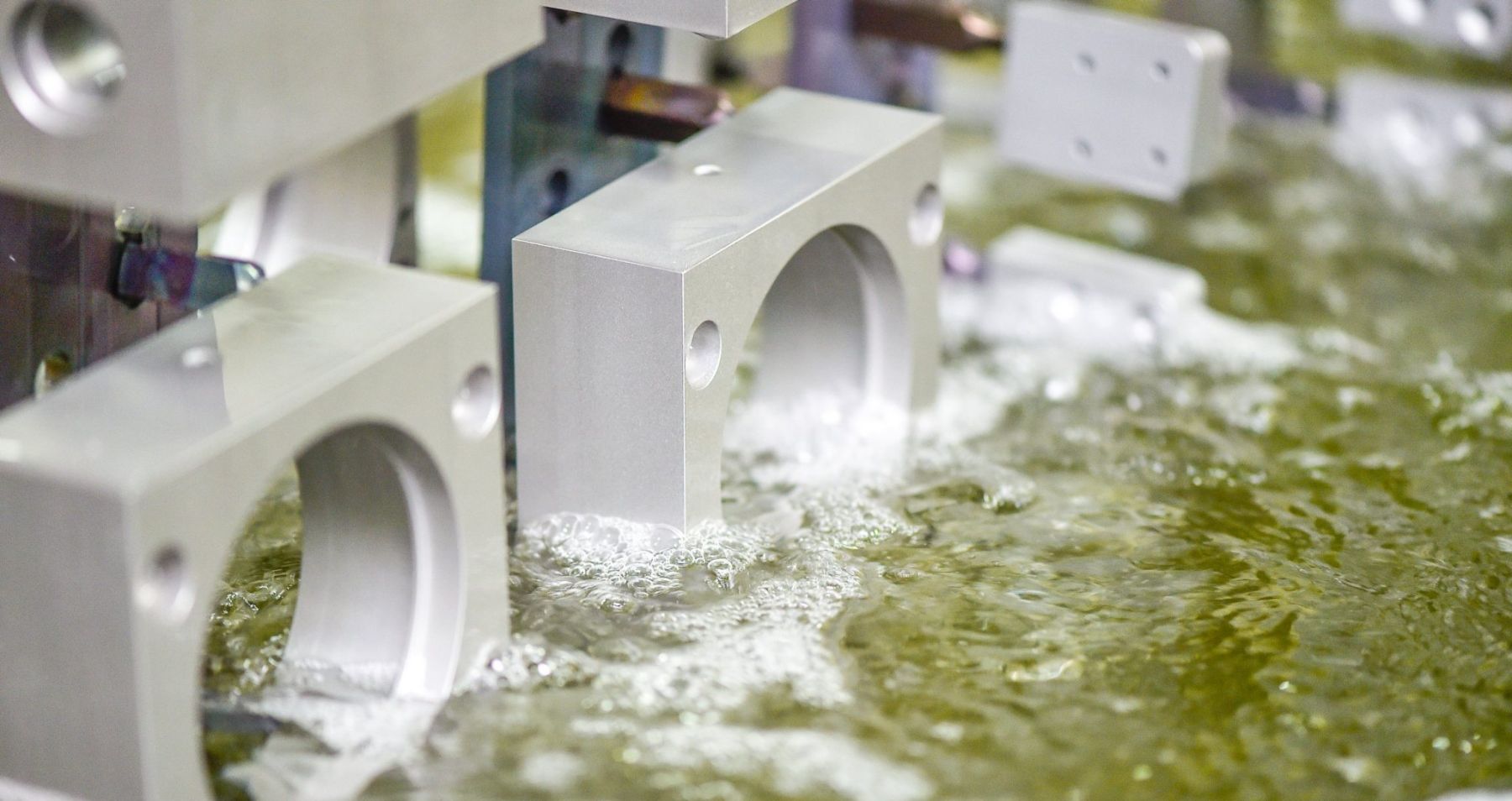

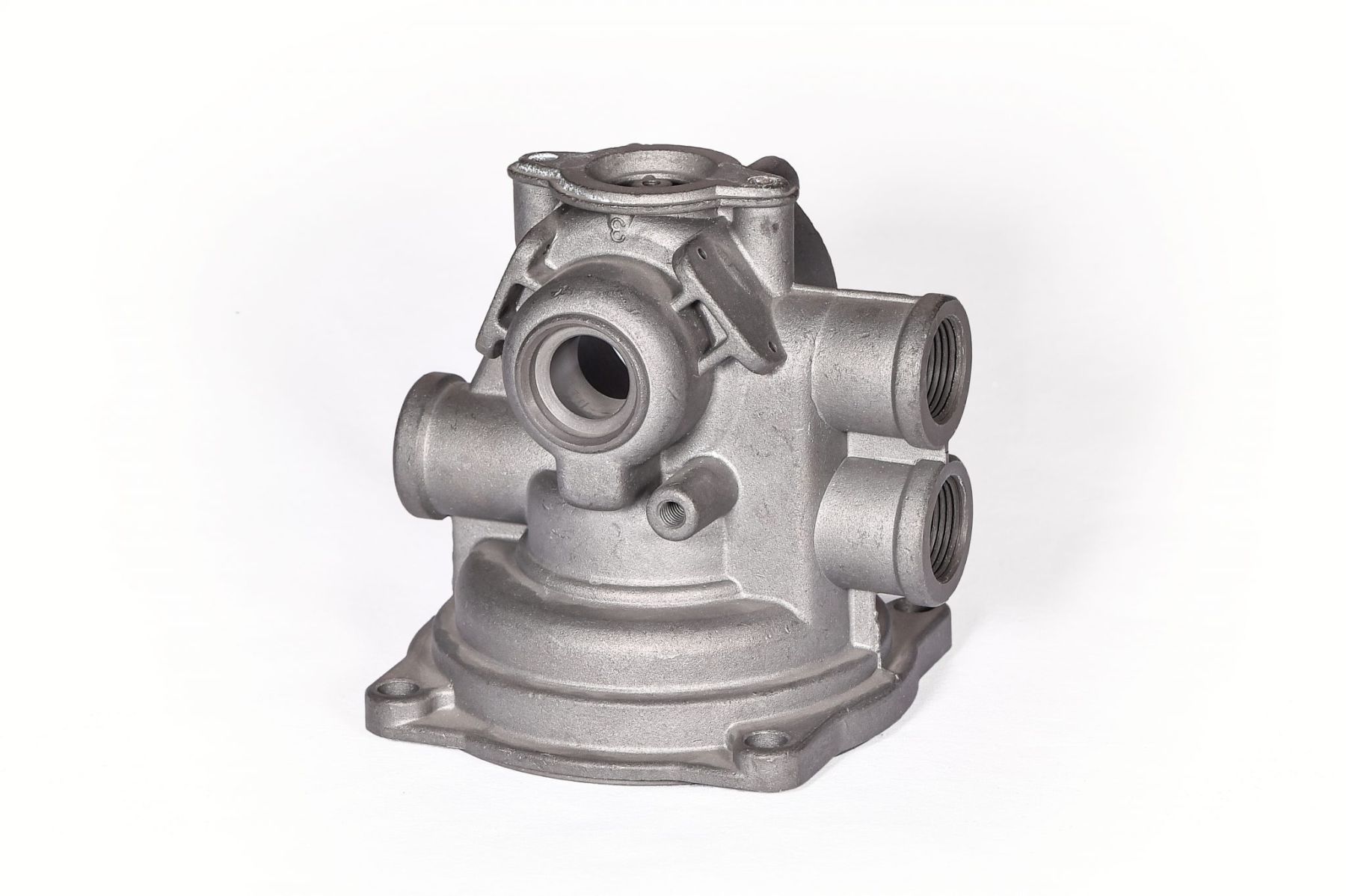
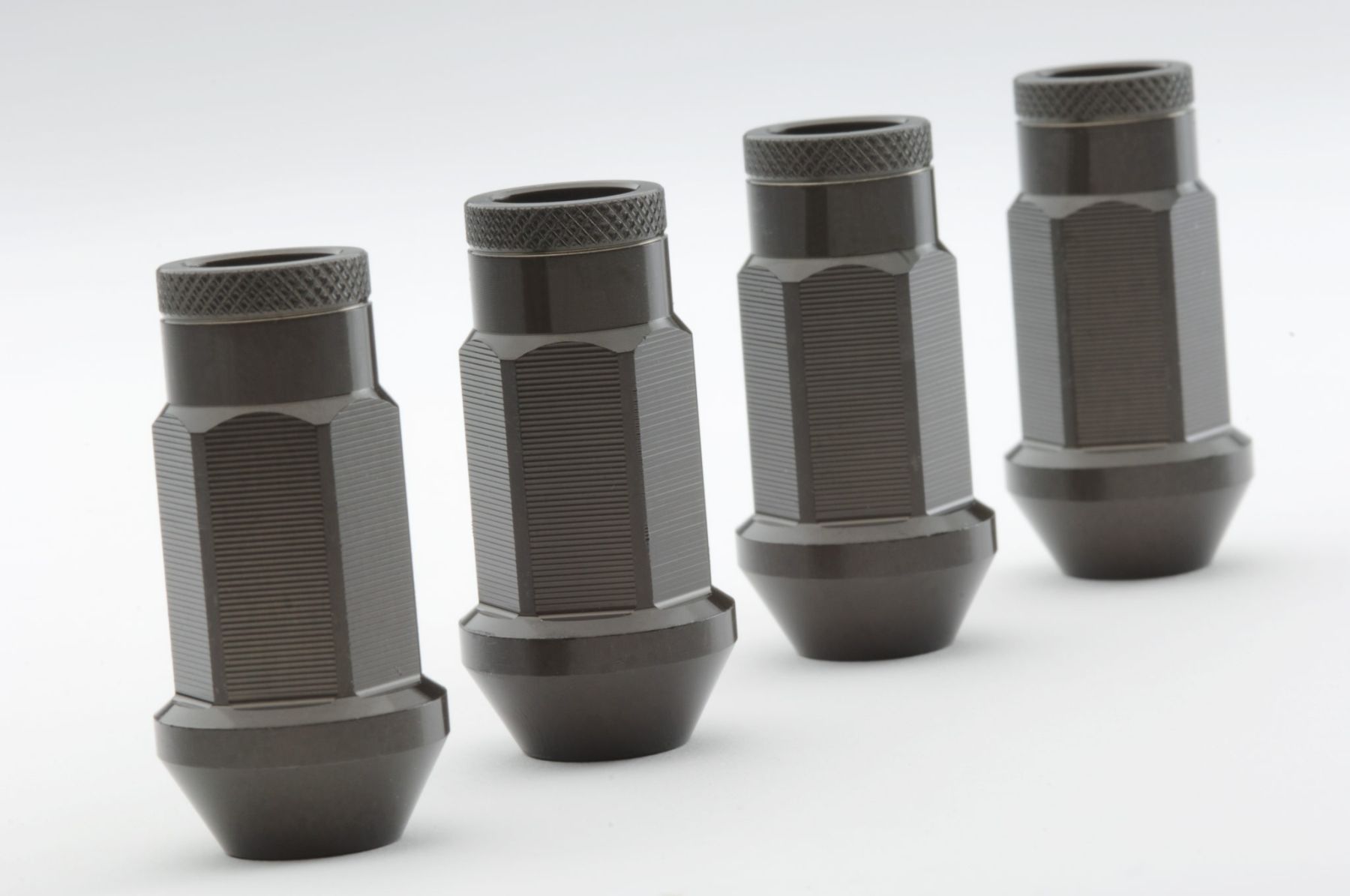
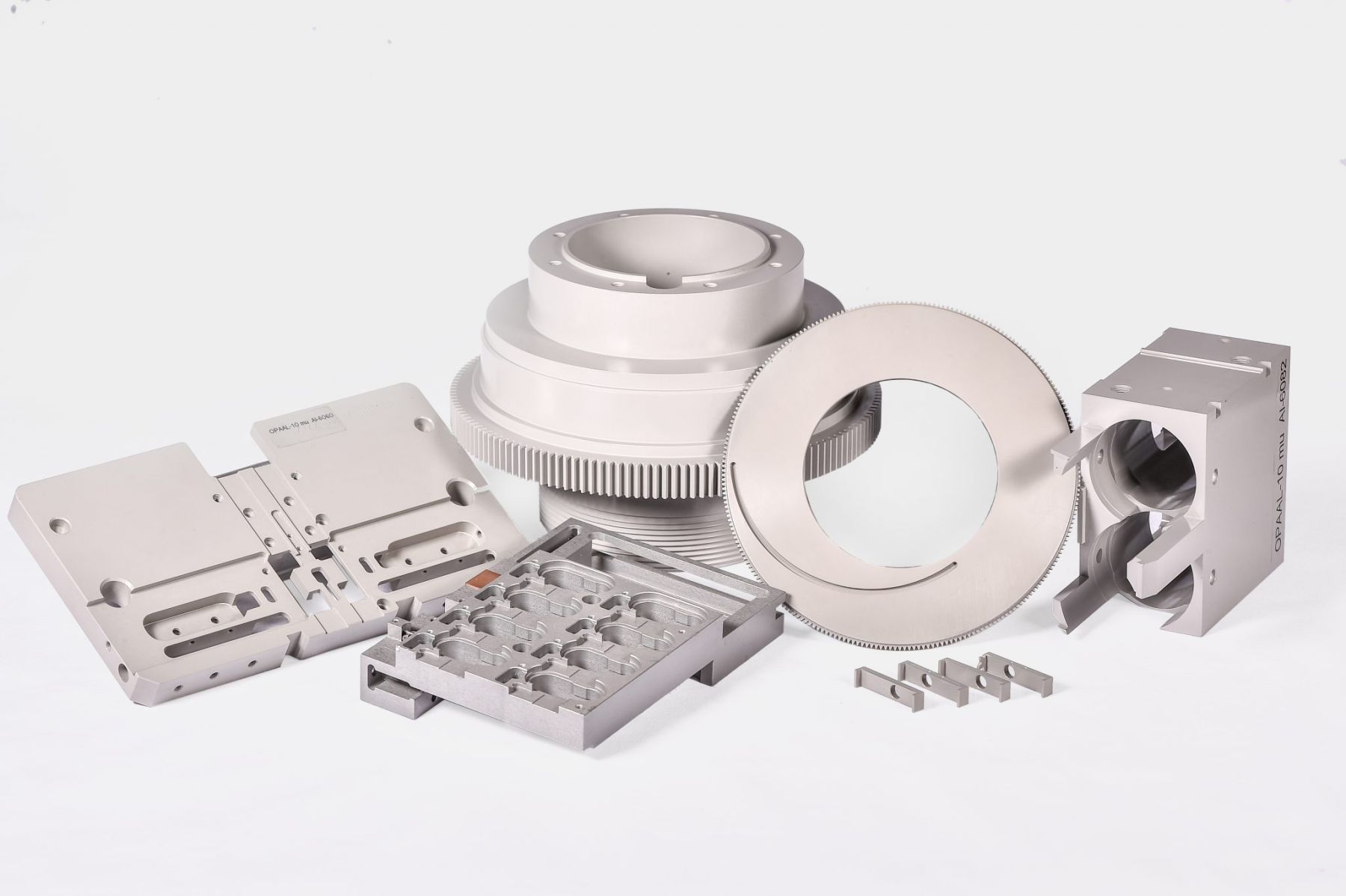
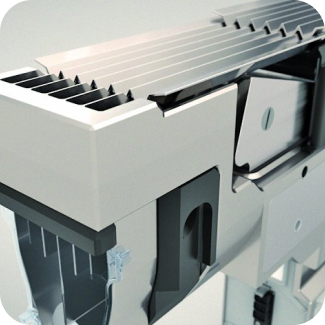
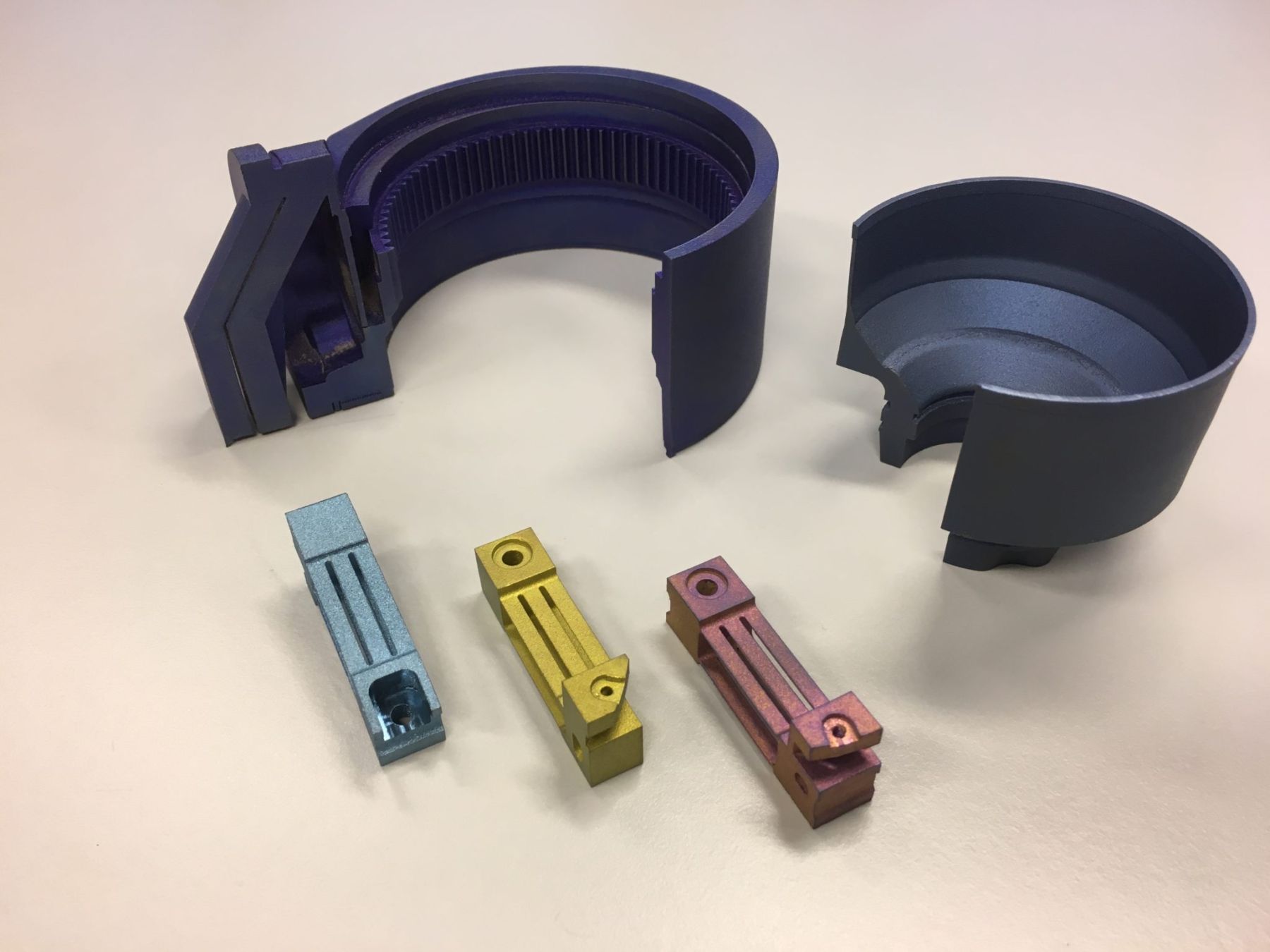
For anodic processes, please visit the following branches.
Our specialists are happy to think along with you. Leave your details and we will contact you soon.
